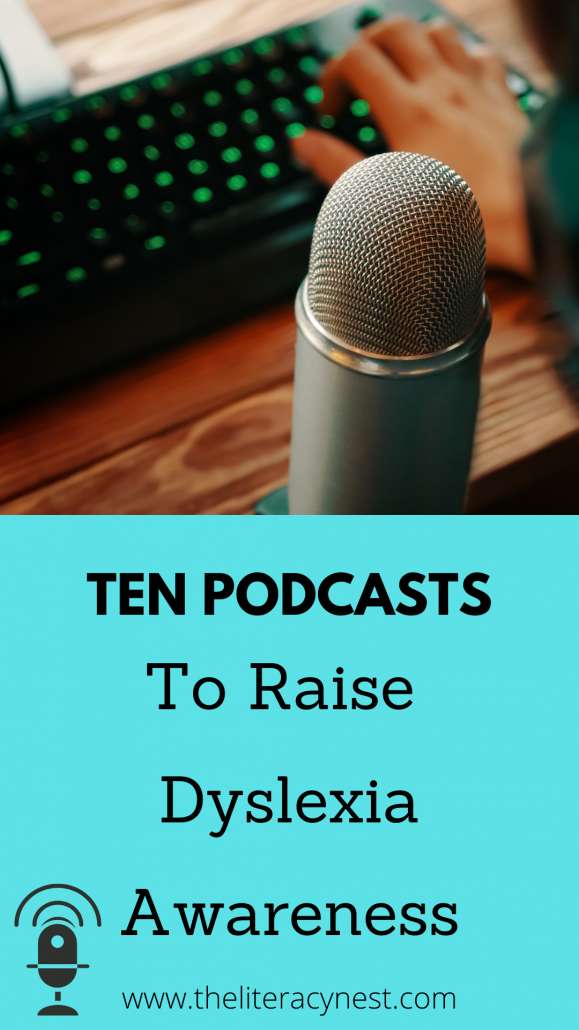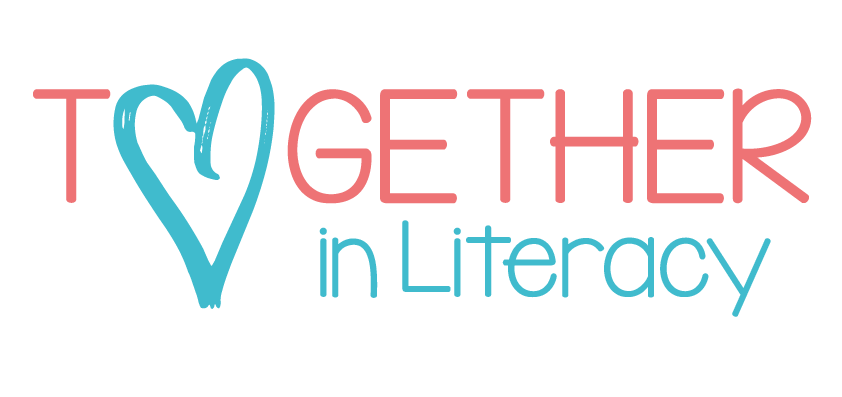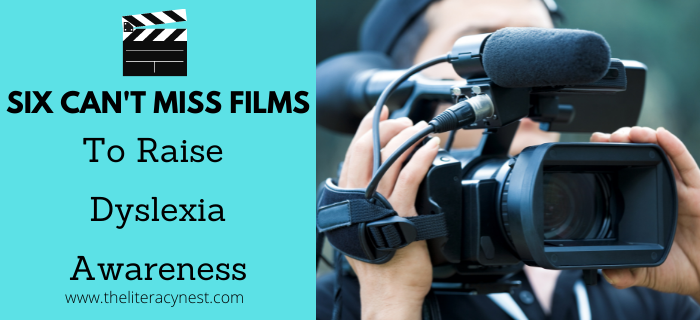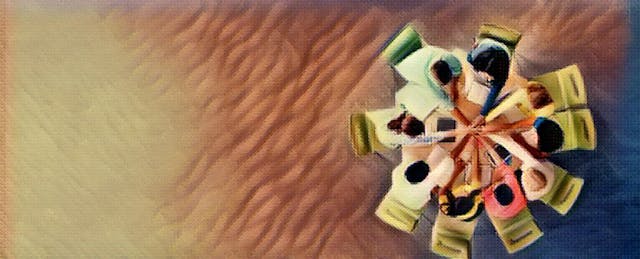There are many dyslexia podcasts out there! Here is a sampling of some of the best dyslexia podcasts.
NOTE: This list focuses on the podcasts that are either currently active and posting new content, or have a large library of published episodes.
Dyslexia Mom Life
Parenting is a full-time job and parenting a child with learning differences comes with its own set of unique challenges and responsibilities. This podcast is made for parents of students with dyslexia. Whether it is how to afford tutoring, or specific tips to help your child with a particular strategy, this podcast is the dyslexia parent’s go to resource. Advocacy is not easy work and having a virtual village of people on the same journey is priceless.
Go Dyslexia with Dr. Erica Warren
This podcast is good for both families and professionals. Dr. Erica Warren interviews experts in dyslexia and related fields. We learn about resources that are available for use with student and refine our knowledge about current dyslexia research and practice. Although most are about 30 minutes in length, some topics take a deeper dive. All episodes include links to mentioned resources and some more thorough explorations include links to further videos or podcasts to enrich your learning.
Dyslexia Explored
Darius interviews people who have a dyslexia story whether their own or their child’s. This podcast’s goal is to provide encouragement to parents of teenage dyslexics and teenagers with dyslexia. It can be extra scary as the parent of someone with dyslexia as your charges reach an age where grades have lasting and high stakes consequences. At the same time, the teenage years are when we must begin to hand over the reins of advocacy and dyslexia management. This podcast ensures that for all the challenges, we never lose sight of the many positive traits that people with dyslexia bring to the table.
Truth About Dyslexia
This podcast has a slightly different focus than the others. In brief easily digested episodes, Stephen and various guests discuss what it is like to be an adult with dyslexia. As we know, dyslexia is a life long neurological difference. While it can be effectively remediated, it never goes away. Some of my older students have noticed that on occasion they have a “dyslexia day” where challenges rear their heads more than usual or old nemeses (I’m looking at you b & d) rear their head.
Additionally, this podcast tackles being diagnosed with dyslexia for the first time in adulthood. Dyslexia is underdiagnosed and this is even more so the case looking back. If you are an older millennial or Generation X (or even older), it is very possible that you flew under the radar. Dyslexia affects so much more than just reading.
Dyslexia Quest
This podcast is useful for professionals and families. Elisheva Schwartz is a dyslexia consultant and parent coach. In her podcast she brings on researchers and dyslexia experts and tackles issues that parents are struggling with each and every day while helping their child with dyslexia to access educational opportunities. There is a large archive of episodes, although it appears that there may not have been any new episodes recently. The website is a wealth of resources and information in itself.
Black and Dyslexic
Students with dyslexia need strong advocates, but for children from underrepresented minorities with learning differences, this advocacy is even more crucial. Black students are more likely to not be identified with a learning disability or to not receive the correct type of instruction. This podcast has experts and tackles some of the unique challenges faced by BIPOC people with dyslexia.
Dyslexia Coffee Talk
This podcast, hosted by The Dyslexia Initiative, discusses all things dyslexia. With guest interviews from leading experts in the field of dyslexia research and remediation, this podcast is definitely one to add to your advocacy tool box.
The Invisible Gift
This podcast focuses on the strengths and successes of those with dyslexia. Perfect for the student who needs some reminders about the many capabilities that they have and the bright future ahead of them. It is possible not only to make peace with dyslexia but to embrace it.
Empower Dyslexia
The host Stephen Yearout took his own journey with dyslexia and his experiences as the parent of children with learning differences as a learning opportunity. In the process, he realized that he wanted to share this learning with others. This audio or video podcast sets out to inform teachers, legislators, policy makers, and parents how to better meet the needs of dyslexic learners in our school systems.
Together in Literacy
Last but not least… The Together in Literacy podcast!
I cohost this podcast with Casey Harrison from The Dyslexia Classroom. We are two dyslexia specialists that come “Together in Literacy”. The conversations reveal our passion about all things dyslexia. We talk about literacy, dyslexia and the social/emotional impact of dyslexia, not only on students but families and educators. Bringing our years of experience together, we share strategies, stories from our teaching and how we support the Social Emotional learning of our students.
Please support these podcasts!
Check out these great dyslexia podcasts by popping in your earbuds and giving them a listen.
Please support them by doing the following:
- subscribing
- leaving positive ratings
- leaving helpful feedback.
- Show them your appreciation as we continue to spread the word and increase dyslexia awareness!
Dyslexia Documentaries
If you missed my list of can’t miss dyslexia films, be sure to check that as well.







